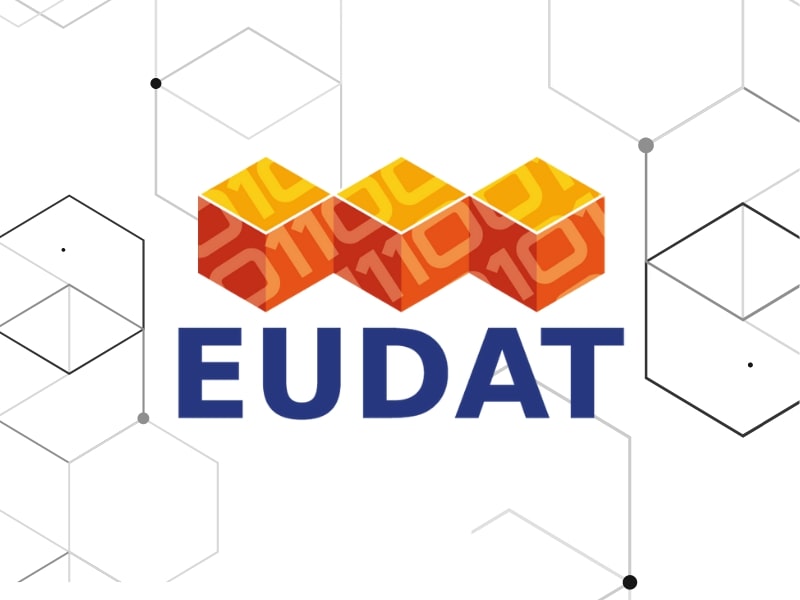
EOSC - a tool for enabling Open Science in Europe
With the creation of the EOSC Association and the new Horizon Europe framework programme taking shape, the H2020 Science Cluster projects and the European e-infrastructures believe that efforts of the EOSC construction have now to focus on the uptake by researchers. This uptake will be the main KPI against which the success of the EOSC will be measured.
The Strategic Research and Innovation Agenda (SRIA) defines important action items to ensure rapid progress on the construction of EOSC. However, more emphasis should be placed on making EOSC user centric. User requirements should be at the heart of the next phase of the EOSC implementation.
To this aim we believe that the following points need careful consideration and reflection on how to integrate them in the EOSC roadmap:
-
Research-oriented services: Our vision is an EOSC which is an inclusive and federated ecosystem based on FAIR data and other open science outputs, integrating many services such as data visualisation, analysis and physical resources to store and re-use data for open science. We expect EOSC to take up the mandate of providing the resources required for the re-use of data.
-
Trust based open access: Using EOSC services must be easy, with low barriers and transparent access mechanisms. Similarly, contributions to EOSC should not be subjected to overly complex regulation. A careful balance between a top-down and bottom-up approach in the design and governance needs to be built on trust to allow for a user friendly EOSC.
-
Collaboration support: The EOSC user communities, service providers and governance must closely work together to ensure that EOSC is capable of adapting to innovative emerging needs. This implies a stronger coordination of on-going and future EU funded projects and a strong participation of the user communities in the EOSC governance.
-
Sustainability: The EOSC must have sustainable funding from the relevant authorities, particularly the Member States, allowing for long-term service provisioning, data preservation, and concrete support. Simple funding mechanisms which avoid complex commercial transactions have to be found. Sustainability is fundamental for a long-termengagement of all key actors and notably in attracting a large scientific user community.
The ESFRI Science Clusters and the European e-infrastructures are committed to working together and actively contributing to making the EOSC a success.
The Science Clusters ENVRI-FAIR, EOSC-LIFE, ESCAPE, PaNOSC, SSHOC bring together 72 world-class research infrastructures from the ESFRI roadmap and beyond to work on FAIR data management and connecting their user communities to the EOSC. The European e-infrastructures EGI, EUDAT, GÉANT, and OpenAIRE provide inclusive services across Europe and beyond to the benefit of science.
